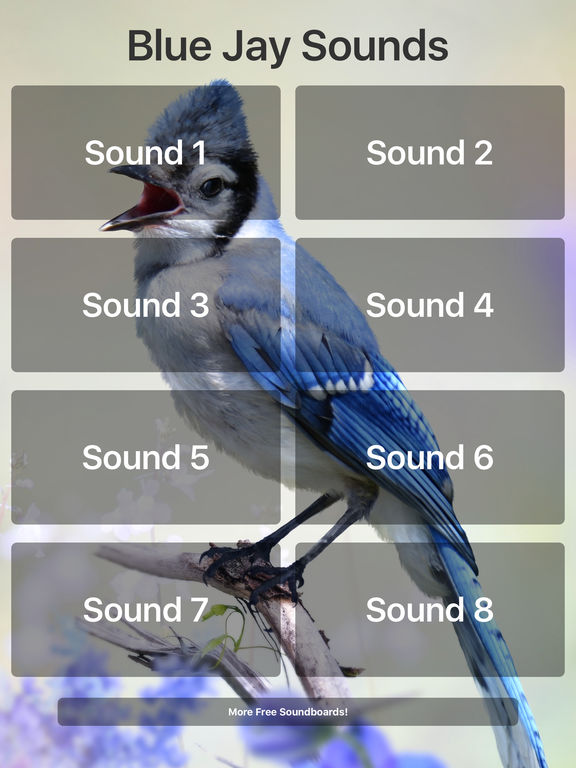

The thrasher is another skilled mimic – accurately copying natural and human noises. They have various songs, including whistles, buzzes, and trills that sound like alarms to a human ear.

This songbird can be heard singing with a loud and ringing call during the breeding season in the Eastern United States. They mimic loud human sounds to advertise their availability to a mate, to warn others away from their territory, or to keep predators away. They also supplement their usual songs by mimicking other birds and animals and also mimic human sounds like alarms. The Blue jay makes a wide range of different sounds as part of its usual repertoire, including caws, whistles, and clicking noises. Blue JaysĪnother common bird in North America, the Blue jay, is another intelligent and vocal species. They often use this ability to scare off other species. They have been known to imitate the sounds of sirens and alarms, police cars or ambulances, chainsaws, and other human-generated noises, as well as the sounds of owls and other birds. These very common North American birds are very intelligent and are known to be amazing mimics. If you hear a car alarm or other unnatural seeming sound in the US, and suspect that a bird might be the source of the sound, here are some birds that might be responsible: American Crows What Native Birds Sound Like a Car Alarm in the US? Many native species in the US and elsewhere have been known to mimic human noises, if not quite to the degree of parrots and other birds that can mimic human speech. Parrots are, of course, well-known mimics. When this happens, a bird is often the source of the sound. People often rush outside to deactivate an alarm, only to discover nothing is wrong. And their powers of mimicry can make them very convincing. Do Birds Imitate Car Alarms?Īmazingly, many birds can and do mimic human sounds, such as car alarms. So if you think you hear a car alarm, a fire alarm, or the sound of an alarm clock coming from outside your home, birds might be the source of the cacophony. © 2013 Tune In to Nature.Many birds have an amazing capacity to mimic the sounds that they hear around them – even the sounds of the human world. Vyn.īirdNote's theme music was composed and played by Nancy Rumbel and John Kessler. Keller and call of the Yellow-billed Loon recorded by G. Keller call of the Willow Ptarmigan recorded by G.A. Song of the Northern Cardinal recorded by G.A. To find the link, begin at .īird sounds provided by the Macaulay Library of Natural Sounds at the Cornell Lab of Ornithology, Ithaca, New York. The Macaulay Library is a wonderful resource. Come online and listen! It’s easy, it’s fun and it’s rewarding.” You can hear birds everywhere and the recordings encourage environmental awareness.

“I would love for people to be exposed to the many sounds of birds – to have a chance to think about and appreciate nature more. Here’s Linda Macaulay, after whom the Library is named: And now, some 95,000 of the analog reel-to-reel recordings have been converted into digital format.
CARDINAL SOUNDS AND CALLS ARCHIVE
We had a pair that were swimming right around the microphone and we didn’t get a peep out of them.”īut, like other recordists, he persisted, helping make the archive of natural sounds The first year when we went up there I actually spent 12 hours under a piece of camouflage cloth waiting for Yellow-billed Loons to call. “Trying to record Loons has been a really frustrating thing for us to do. Gerrit Vyn is one who travelled to the arctic to get the calls of the Yellow-billed Loon: The bird sounds you hear on BirdNote come from this Library and, as you might imagine, most were not easy to record. The clear crisp song of a Cardinal….the goofy call of a Willow Ptarmigan …You can hear these recordings and 150,000 others when you log on to the Macaulay Library at the Cornell Lab of Ornithology.


 0 kommentar(er)
0 kommentar(er)
